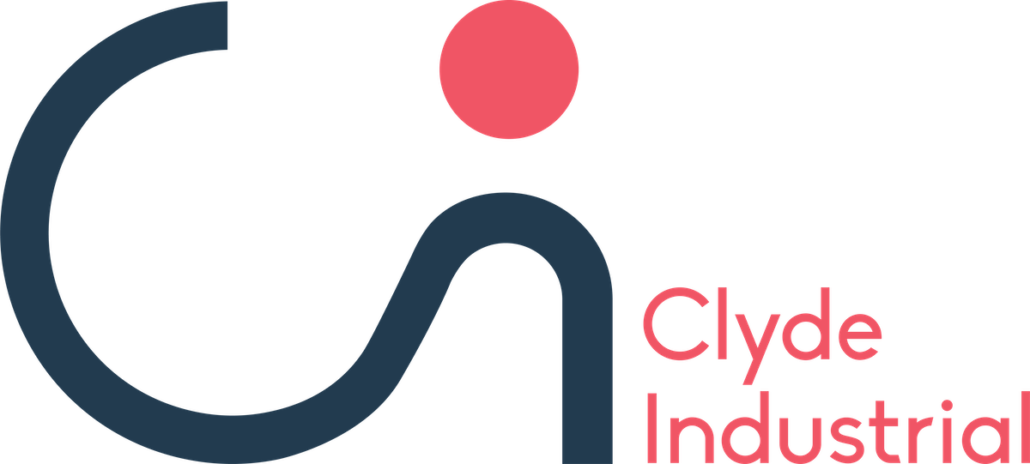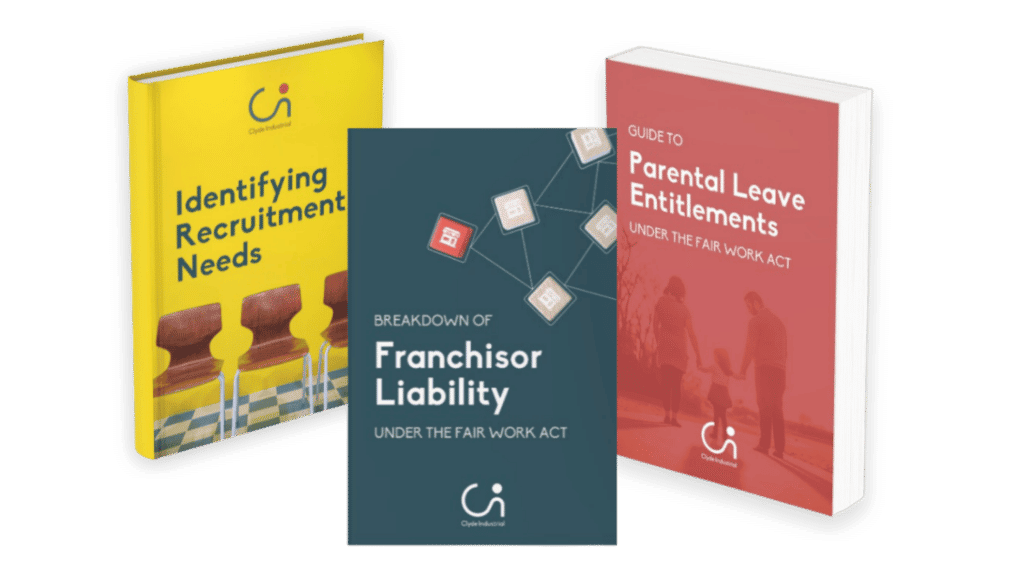Coding
Managing misconduct is always dificult.
Managing the behaviour of employees is often the most challenging aspect of running
a small business. In an ideal world, employees would conduct themselves professionally
at every turn, yet managing misconduct is an unfortunate reality for most employers.
Misconduct can take many forms, some more serious than others. The most serious forms of employee misbehaviour are called serious misconduct. This includes things such as theft, fraud, assault, serious forms of workplace bullying, behaviour which creates a genuine risk to the health and safety of other employees, just to name a few. Generally, employers have a right to dismiss employees without notice for engaging in serious misconduct.
Misconduct can take many forms, some more serious than others. The most serious forms of employee misbehaviour are called serious misconduct. This includes things such as theft, fraud, assault, serious forms of workplace bullying, behaviour which creates a genuine risk to the health and safety of other employees, just to name a few. Generally, employers have a right to dismiss employees without notice for engaging in serious misconduct.
Managing the behaviour of employees is often the most challenging aspect of running
a small business. In an ideal world, employees would conduct themselves professionally
at every turn, yet managing misconduct is an unfortunate reality for most employers.
Misconduct can take many forms, some more serious than others. The most serious forms of employee misbehaviour are called serious misconduct. This includes things such as theft, fraud, assault, serious forms of workplace bullying, behaviour which creates a genuine risk to the health and safety of other employees, just to name a few. Generally, employers have a right to dismiss employees without notice for engaging in serious misconduct.
Misconduct can take many forms, some more serious than others. The most serious forms of employee misbehaviour are called serious misconduct. This includes things such as theft, fraud, assault, serious forms of workplace bullying, behaviour which creates a genuine risk to the health and safety of other employees, just to name a few. Generally, employers have a right to dismiss employees without notice for engaging in serious misconduct.
SERIOUS MISCONDUCT
Serious Misconduct
Other forms of misconduct, that are not at the extremely serious end of the scale, may be more appropriately dealt with through alternative disciplinary measures, such as a formal warning, some additional training, mediation etc. Understanding how to distinguish between misconduct and serious misconduct is often the first challenge for most employers.
The Fair Work Regulations define serious misconduct as wilful and deliberate behaviour that is inconsistent with the continuation of the employment contract or causes serious and imminent risk to the reputation, viability or profitability of the business, or health and safety
of a person. It includes theft, fraud, assault, intoxication at work or failure to follow a lawful and reasonable instruction that is consistent with the employee’s contract of employment.
Common examples of serious misconduct include:
- Theft;
- Assault or Sexual Assault;
- Threats or acts of violence;
- Serious breaches of occupational health and safety obligations (such as reckless conduct);
- Intoxication at work (although it is important to note the workplace policy dealing with drugs and alcohol, and whether the employer has a ‘zero tolerance policy)
- Fraud
- Damage to company property or wilful and deliberate actions designed to harm the company’s reputation, profitability or viability.
OTHER FORMS OF MISCONDUCT
Other Forms of Misconduct
Other forms of misconduct that are not ‘serious misconduct’, may include:
- Lateness;
- Inappropriate language;
- Wearing inappropriate clothing;
- Misuse of internet (subject to the employer’s policies around internet usage);
- Failing to following instructions properly.
INVESTIGATION AND DISCIPLINE
Investigation and Discipline
Once an employer has been able to determine the type of misconduct, serious or otherwise, that the employee has been allegedly engaging in, they must then turn their minds to investigation. Specifically, can the allegations of misconduct be substantiated?
In doing so, it is important that the allegations are put to the employee and that employee has an opportunity to respond to those allegations. The response should be duly considered by the employer prior to determining whether the allegations are proven or not.
This is a concept known as procedural fairness and is an important consideration for the Fair Work Commission in determining whether a dismissal (which may result from the investigation), was harsh, unjust or unreasonable in all the circumstances within the context of an unfair dismissal proceeding.
Investigations can be extremely complex depending upon the nature of the alleged conduct and who is involved. As a general rule however, the person investigating the alleged conduct should not be a person involved in the matter. For example, if an employee had assaulted a manager, it would not be appropriate for that manager to then conduct the investigation. The investigator should be an independent person. Often where this presents an issue, businesses will engage the services of an external investigator whose specific role is to determine whether the allegations are proven or not proven.
In doing so, it is important that the allegations are put to the employee and that employee has an opportunity to respond to those allegations. The response should be duly considered by the employer prior to determining whether the allegations are proven or not.
This is a concept known as procedural fairness and is an important consideration for the Fair Work Commission in determining whether a dismissal (which may result from the investigation), was harsh, unjust or unreasonable in all the circumstances within the context of an unfair dismissal proceeding.
Investigations can be extremely complex depending upon the nature of the alleged conduct and who is involved. As a general rule however, the person investigating the alleged conduct should not be a person involved in the matter. For example, if an employee had assaulted a manager, it would not be appropriate for that manager to then conduct the investigation. The investigator should be an independent person. Often where this presents an issue, businesses will engage the services of an external investigator whose specific role is to determine whether the allegations are proven or not proven.
If the allegations are proven, it is then the job of a decision maker (again, this should be an independent person, and preferably someone other than the investigator) to determine the disciplinary response.
When determining the appropriate disciplinary response, the decision maker should take into consideration (among other things) the nature of the misconduct that has been proven, the likelihood of it occurring again, the risks associated with the employee remaining employed by the employer, the employee’s disciplinary record, any mitigating circumstances that may have been present, and of course the seriousness of the misconduct.
At Clyde Industrial, we offer expert professional advice to clients on how to respond to issues of misconduct that may arise in your workplace. This includes looking at any and all processes that may be in place to respond to allegations in a timely manner, investigate those allegations and how to approach the often-tricky issue of discipline or dismissal.
When determining the appropriate disciplinary response, the decision maker should take into consideration (among other things) the nature of the misconduct that has been proven, the likelihood of it occurring again, the risks associated with the employee remaining employed by the employer, the employee’s disciplinary record, any mitigating circumstances that may have been present, and of course the seriousness of the misconduct.
At Clyde Industrial, we offer expert professional advice to clients on how to respond to issues of misconduct that may arise in your workplace. This includes looking at any and all processes that may be in place to respond to allegations in a timely manner, investigate those allegations and how to approach the often-tricky issue of discipline or dismissal.




